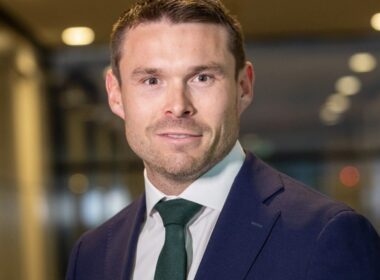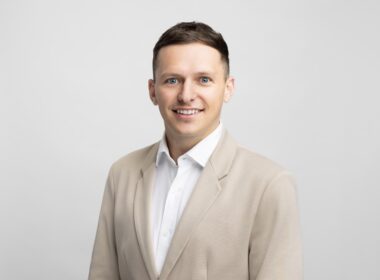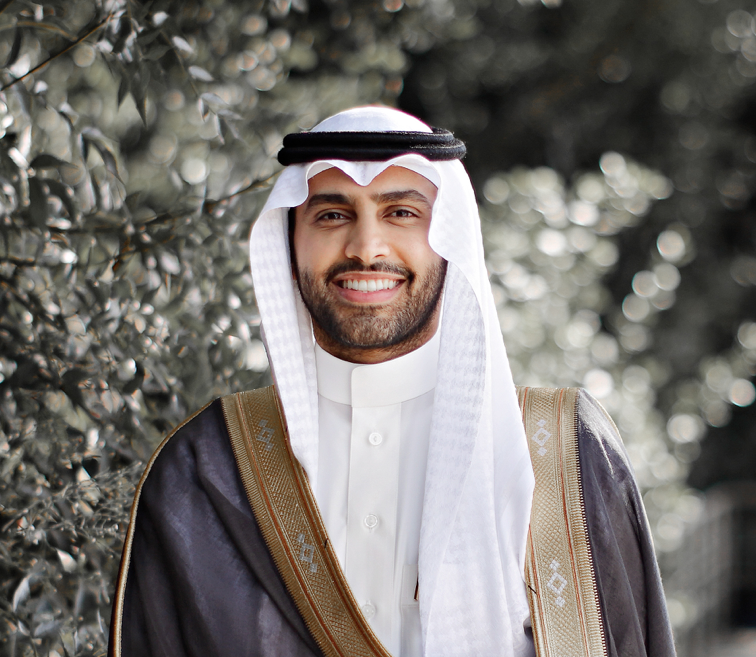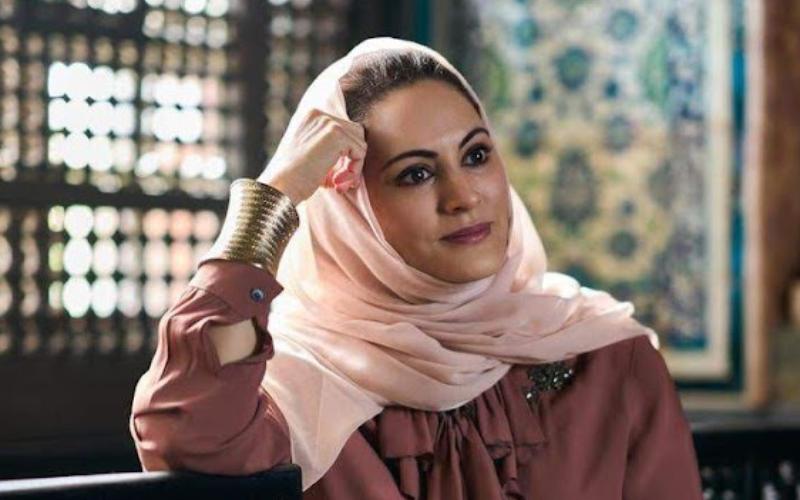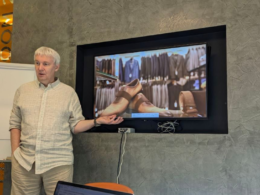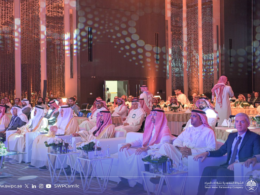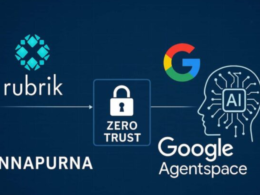Upon his graduation from architectural engineering at King Saud University, Tariq began his professional career at one of the largest engineering companies in Riyadh as a junior engineer. After having embraced every learning opportunity, Tariq moved to a smaller engineering firm, which offered greater responsibilities in the field of real estate projects in London. Given his ambition for a challenge, Tariq decided to start his own engineering practice with his friends. Tariq delved into this enlightening yet demanding entrepreneurial venture for seven years, until his next experience at the Riyadh Metro project. This opportunity gave him a journey into major infrastructure projects, interacting with different stakeholders locally and internationally. This finally led to his role as a Vice President Asset Manager (VPAM) at King Abdullah Financial District (KAFD).
The function of a VPAM is particularly important in determining an organization’s investment plan and guaranteeing its long-term success in the intricate and dynamic world of finance. The VPAM is a crucial architect in managing these changes as financial markets and investment environments change, using knowledge to inform strategic choices and maximize asset performance. A combination of operational competence, strategic vision, and analytical prowess is required for this senior leadership role.
This article delves into the multifaceted experiences of Tariq, exploring how he developed a broad skill set and deep industry knowledge in the real estate sector.
What are the main factors that guided you to where you are now?
I believe you can’t plan everything in life, but you can certainly influence it. Learning from my failures, being adaptable, being resilient and embracing challenges have significantly contributed to my success. This includes acquiring new skills, managing teams, or balancing family and professional commitments.
Building strong professional connections and seeking mentorship from industry leaders have provided me with valuable guidance and opportunities for growth.
Moreover, continuous learning has always been important to me. Pursuing an MBA while balancing work commitments was a deliberate decision to expand my knowledge beyond technical aspects, and compare myself and my experience with our colleagues in other parts of the world and learn from them and try to improve. Additionally, I believe in the importance of constantly reading and learning from both life and experience. This commitment to lifelong learning has helped me stay current with industry trends and has equipped me with the knowledge and skills necessary to excel in my career.
Given your 15+ years of experience and accomplishments, what would you say was your biggest achievement?
My biggest achievement is working hard against all odds, learning throughout the journey, and ultimately bringing projects to successful fruition, especially when others doubted your ability to do so. This experience applies to both my personal life and career. Seeing a vision become a reality through perseverance and dedication is immensely rewarding and stands as a testament to the value of hard work and resilience.
How would you balance the pursuit of wealth and success with personal fulfillment and happiness?
Drawing a line in the sand between professional and personal life is crucial to ensure that career challenges and obstacles do not interfere with family and personal well-being. Professional life is never an easy ride; it requires facing fears and challenges head-on, with victories and setbacks along the way.
Personal fulfillment and happiness come from dedicating time and focus to loved ones, ensuring that they receive the attention they deserve. Achieving professional milestones is immensely satisfying, but it cannot compare to personal milestones, such as getting married or having children. These personal achievements bring a unique joy and fulfillment that professional success alone cannot provide.
In essence, while professional achievements are important, maintaining a healthy work-life balance is key to true happiness and fulfillment. Ensuring that neither aspect of life overw
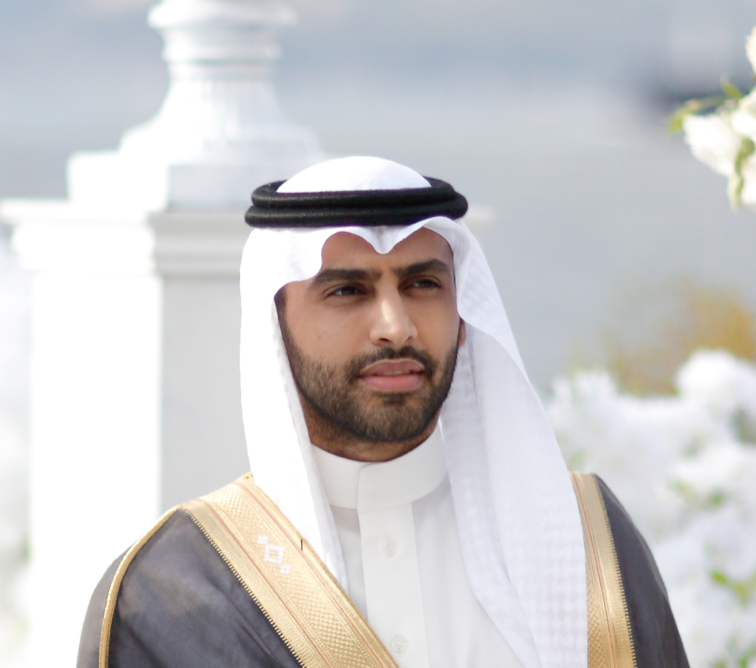
helms the other allows for a more harmonious and rewarding journey.
You have a record of successfully leading revenue-maximizing initiatives, what personality traits contributed to reaching this achievement?
I believe my success in leading revenue-maximizing initiatives is deeply rooted in my upbringing. Coming from a family with a mix of public servants and businesspeople, discussions about the merits of different sectors and business opportunities were a daily occurrence. These debates often centered around the advantages and disadvantages of various ventures, fostering a mindset of critical evaluation and strategic thinking from an early age.
This foundational mindset was further honed when I joined the public sector. One of my key responsibilities was to evaluate the feasibility of public infrastructure projects, considering factors such as cost, return on investment, and broader social and economic impacts. In many cases, these impacts were not immediately apparent, requiring a more nuanced approach to value assessment. As part of a team, we developed criteria to maximize the value of seemingly less impactful projects, such as schools in remote areas, by highlighting their indirect benefits to communities.
This complex approach to maximizing value by considering both direct and indirect impacts has been instrumental in my ability to lead successful revenue-maximizing initiatives. It has equipped me with the skills to see beyond the obvious financial returns and recognize the broader benefits that can enhance a project’s overall value.
Traits such as strategic thinking, analytical skills, adaptability, and a deep understanding of both public and private sector dynamics have been crucial in my achievements. These qualities enable me to evaluate projects comprehensively and implement strategies that optimize revenue while considering long-term impacts and sustainability.
Given your expertise in commercial investment and real estate, do you believe that Saudi Arabia is opting for a more diverse economy? How can you interpret Saudi Arabia’s economic transformation?
Absolutely, Saudi Arabia is making strides toward diversifying its economy, a vision outlined in the Kingdom’s Vision 2030 initiative. This vision excites me, as I feel I am contributing to a transformation that aims to reduce the country’s dependency on oil by fostering growth in sectors such as tourism, entertainment, and renewable energy.
From my perspective, with a background in both public and private sectors, this diversification strategy is multi-faceted. Saudi Arabia is investing heavily in infrastructure projects like KAFD, the Red Sea Project, and the development of new cities like NEOM. These initiatives are designed to attract foreign investment and boost non-oil revenue, enhancing the country’s physical infrastructure and creating a more business-friendly environment. Additionally, significant positive changes to the social, legal, and regulatory landscape are often overlooked but are as crucial as the mega projects happening around us.
In real estate, the shift towards mixed-use developments—combining commercial, residential, and entertainment spaces—has led to changes in local regulations, safety standards, and planning. These adjustments maximize land use, foster vibrant communities, and boost economic activity, speeding up positive developments beyond traditional commercial investments.
Mixed-use developments, such as KAFD, are transforming urban landscapes by combining various types of spaces—such as offices, homes, shops, and recreational areas—within a single project. This efficient use of land is particularly valuable in densely populated areas, helping to mitigate urban sprawl and reduce the need for extensive infrastructure. These developments create dynamic, vibrant communities where residents can access various amenities within walking distance. Public spaces such as parks, plazas, and pedestrian pathways encourage social interaction and community engagement, enhancing the quality of life and fostering a strong sense of community.
Economically, mixed-use developments drive activity by attracting a diverse group of people throughout the day. Integrating residential and entertainment spaces with commercial areas ensures a steady flow of patrons for local businesses, much like traditional cities where the souk and masjid were central to the economy. This leads to increased sales and economic stability, benefiting retailers and restaurants from the constant presence of both residents and visitors.
Additionally, mixed-use developments promote sustainability by reducing the need for long commutes and encouraging the use of public transportation. The proximity of different amenities allows people to walk or bike to their destinations, reducing traffic congestion and lowering carbon emissions. This convenience makes these developments highly desirable places to live and work, enhancing property values and attracting both domestic and international investments.
In conclusion, Saudi Arabia’s economic transformation strategically balances short-term gains with long-term benefits. My expertise in real estate investment and project management supports this effort, particularly through mixed-use developments that create dynamic urban spaces, diversify the economy, and improve residents’ quality of life.
In light of your journey and experiences, what message would you like to convey to aspiring entrepreneurs?
While thinking and planning are essential, taking action is equally, if not more, important. It’s crucial to act on your ideas and learn from your mistakes along the way. Embrace the process of trial and error, and don’t be afraid to make adjustments and pivot when necessary.
What is the added value of fostering a collaborative culture in the entrepreneurial world? And What inspires you through your mentorship and leadership style?
Fostering a collaborative culture brings tremendous added value. Collaboration encourages diverse perspectives, which can lead to innovative solutions and more effective problem-solving. By bringing together individuals with different backgrounds, skills, and experiences, a collaborative environment harnesses the collective strengths of the team, driving creativity and productivity. We can see this happening in our country, where internationals and locals work together on exciting new projects that contribute to our national transformation. It also builds a sense of shared purpose and commitment, which is vital for navigating the challenges and uncertainties inherent in entrepreneurship.
In my journey, I have found that a collaborative culture also fosters a more enjoyable, supportive and motivating working environment. When team members feel valued and heard, they are more likely to take ownership of their roles and contribute meaningfully to the organization’s success.
What inspires me through my mentorship and leadership style is the potential for growth and development in others, as I am motivated by guiding and supporting emerging talents. Seeing others succeed and knowing that I played a part in their journey is incredibly fulfilling.
My leadership style is shaped by my belief in leading by example, maintaining open communication, and encouraging continuous learning. As a team, we can achieve great things, whereas as individuals, our limits are more pronounced. I strive to create an environment where team members feel empowered to take initiative, make decisions, and learn from their experiences.
What is the most valuable lesson learned from your professional journey?
The most valuable lesson I have learned from my professional journey is that while formal education and certifications are important, nothing beats the hands-on experience of doing the actual work. Experiencing the realities of the workplace, including both successes and failures, profoundly shapes how you think and act. Each project, interaction, and setback offers unique insights that contribute to your overall development. These experiences teach resilience, problem-solving, and adaptability—qualities that are essential for long-term success.
In essence, while professional qualifications lay the foundation for a career, it is the practical application of knowledge and the lessons learned from real-world experiences that truly develop one’s skills and character. Embracing both the good and bad aspects of these experiences not only enhances your professional capabilities but also enriches your overall personality and approach to life.
Tell us more about your mission in maximizing revenue from real estate assets, and What distinguishes KAFD from others providing similar services?
Our mission as an asset management team in maximizing revenue from real estate assets involves a comprehensive and strategic approach that covers every phase of an asset’s life cycle, it is crucial to leverage diverse knowledge and experience from different sectors. This multidisciplinary approach ensures that each team member’s contribution is valuable and helps us understand every aspect of an asset.
Understanding both the overall strategic plan and the specifics of individual assets is essential for making informed decisions. This holistic view allows us to optimize various elements such as tenant mix, target the right tenants, and negotiate favorable deals and contracts. Sometimes, this involves making significant changes to an asset’s management or structure, looking for an investment that will benefit the asset and the organization but always in alignment with KAFD’s overarching goals and objectives.
KAFD is a unique, complex undertaking. This is the Kingdom’s first vertical city solution, where businesses, residences, and communal spaces coexist. A compact city that’s home to 95 buildings – and growing – across five asset classes, featuring Grade A office spaces, upscale residences, diverse commercial and retail areas, luxury hospitality, and vibrant entertainment venues. What distinguishes KAFD from others providing similar services is our unique combination of strategic vision, innovative approaches, and unwavering commitment to excellence. Our integrated approach to asset management involves comprehensive oversight from the earliest stages of planning and feasibility studies to the daily operations and long-term strategic management of the asset. This ensures we maximize the value and revenue potential of each property.
At KAFD, our diverse team in real estate, finance, engineering, and operations tackles complex challenges with innovative solutions. As a smart city evolving into a cognitive city, we use cutting-edge technologies and best practices, including advanced data analytics, smart building technologies, and sustainable principles. Our strategy features 48 initiatives, such as virtual reality and IoT, supported by a robust digital infrastructure that integrates city management, security, mobility, waste management, and data-driven governance. These innovations enhance our assets’ value and distinctiveness.
This year, these efforts have been evident and fruitful. KAFD has been awarded the SmartScore Neighborhood Certification by WiredScore for its first-class digital infrastructure that delivers robust connectivity, sustainability, and a seamless live, work, and play experience. With this recognition, KAFD becomes the first neighborhood in the Middle East, and Africa (MENA) to achieve WiredScore’s SmartScore Neighborhood certification.
Sustainability is a core value at KAFD. We prioritize sustainable development practices that not only contribute to environmental conservation but also enhance the long-term value and attractiveness of our properties. For instance, our buildings are 10-15% more energy-efficient than conventional buildings due to the high Solar Reflectance Index (SRI) maintained. They are designed to be 20-30% more water-efficient than conventional structures. This commitment to sustainability resonates with tenants and investors who increasingly seek environmentally responsible real estate options.
With that in mind, KAFD was the first district in the Kingdom to be awarded the Leadership in Energy and Environmental Design for Neighborhood Development (LEED-ND) Stage 2 Platinum certification in 2020, the highest possible accreditation from the world’s leading authority for green buildings – the US Green Building Council. It is the largest mixed-use financial center in the world to be recognized for its commitment to sustainability with over 40 individual Silver and Gold LEED-certified buildings.
KAFD stands out with its client-focused approach, treating properties as dynamic spaces for curated experiences. By anticipating and addressing diverse needs, we tailor asset management to ensure high satisfaction and retention. This strategy supports KAFD’s goal of becoming a premier lifestyle and business destination, crucial for maintaining high occupancy and maximizing revenue.
What’s next?
Looking ahead, I’m incredibly excited about the future for both myself and KAFD. Personally, I am committed to continuing my professional growth and expanding my expertise in real estate asset management. I plan to stay ahead of industry trends and innovations, ensuring that I bring fresh, cutting-edge strategies to our projects. Mentorship is also a big part of my future. I am passionate about guiding and supporting the next generation of professionals, fostering a collaborative and innovative culture within our team.
For KAFD, our path forward is about embracing innovation and sustainability. We aim to expand our portfolio of mixed-use developments, integrating the latest technologies and sustainable practices. These projects are not just about maximizing revenue; they are about creating vibrant, efficient communities that contribute to Saudi Arabia’s Vision 2030. Strengthening strategic partnerships is another key focus, in order to leverage additional expertise and resources. In summary, what’s next for me and KAFD is a continued commitment to excellence and innovation. We are ready to build on our successes, explore new frontiers, and contribute meaningfully to the economic diversification and development of Saudi Arabia. It’s an exciting journey, and I am eager to see where it takes us.

